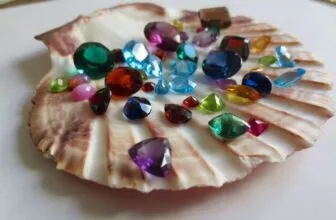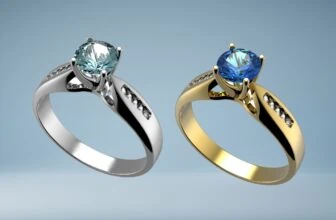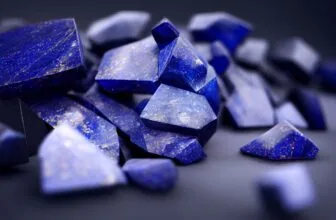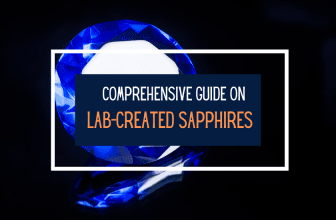
Table of Contents
Hematite is a metallic-looking gemstone that has an intriguing look when set into jewelry. It’s been used for thousands of years in a variety of ways, from decoration to pigmentation. Although hematite isn’t a mainstream gemstone, it’s a collector’s favorite due to its unique appearance. There’s no other gemstone that looks quite like hematite.
If you’re thinking of adding hematite to your jewelry collection, here’s what you need to know before you buy.
What is Hematite?
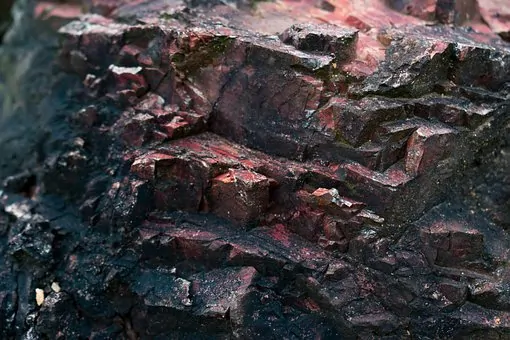
Hematite is one of the most common minerals, found abundantly on the surface and shallow crust of the earth. If you pick up a reddish or brownish rock, chances are it contains hematite. It’s the hematite that gives such rocks its’ color.
While it might appear black or silver when polished, if you powder it, hematite is red in color. In fact, the very word hematite comes from the Greek word for blood and is a reference to the reddish nature of hematite.
This intriguing stone is dense and heavy, because of the high iron concentration. It also has a very high refractive index (2.9), which is much higher than that of even diamonds (2.4) and moissanite (2.6). This is what makes hematite exhibit that unique, metallic luster it’s known for. Hematite is sourced from a variety of locations, including Brazil, England, Italy, China, Bangladesh, New Zealand and in several states of the US.
What’s more, hematite is a rock that’s out of this world… literally. Scientists have found that this mineral exists in abundant quantities on Mars, which is what gives the Martian rocks their characteristic red color and makes the planet appear red at night. The nickname Red Planet for Mars springs from this fact, which occurs due to hematite.
Hematite has been used for several thousands of years in a number of forms, including as jewelry, pigments and ornaments. Today, this mineral continues to be used in a variety of ways.
Color, Clarity & Luster of Hematite
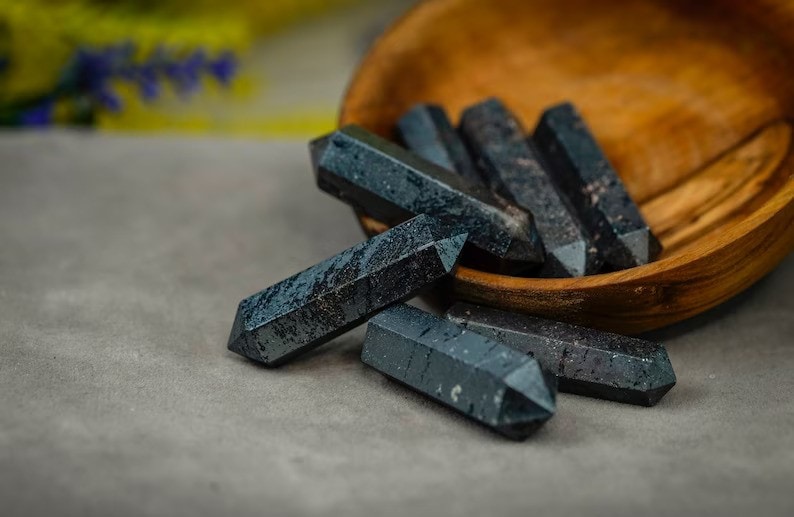
Hematite is typically black to gray in color when polished. However, as we mentioned above, in certain other forms, hematite is a rust-red color. In the use of jewelry, it is blackish gray with a metallic luster.
Hematite is always opaque, and does not allow light to pass through. When polished, it appears very metallic and is somewhat similar to silver in look. Sometimes, it’s easy to confuse hematite as being a metal rather than a gemstone.
Choosing Hematite Cut
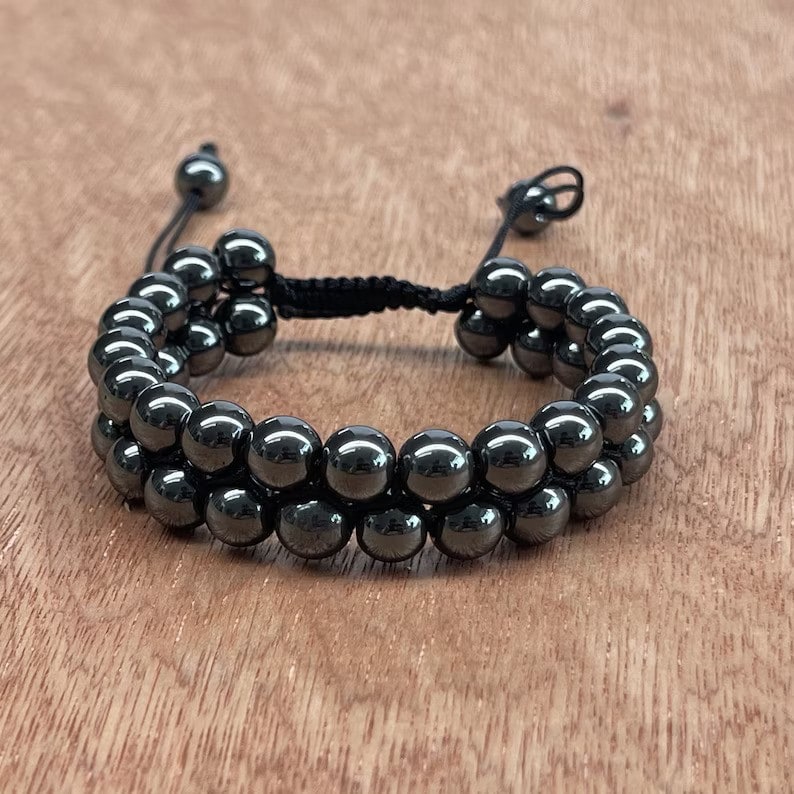
Because hematite contains no cleavage and is very compact and dense, it can be cut into a variety of shapes. Hematite is typically cut en cabochon to bring out its luster and smoothness. However, faceting hematite adds texture and depth to the stone and enhances its brilliance.
Synthetic, Treated and Imitation Hematite
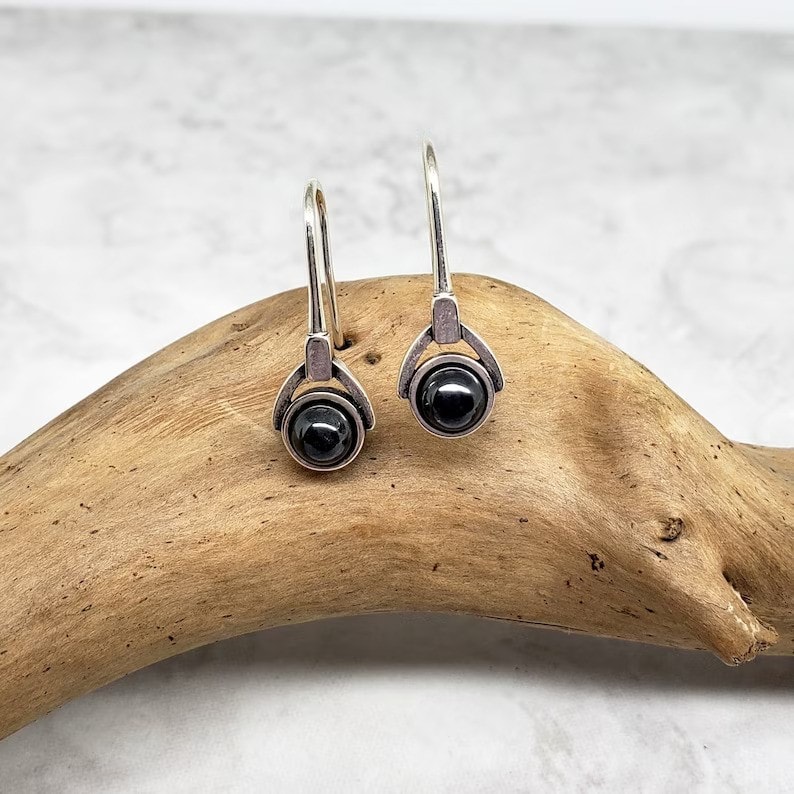
Synthetic, treated, and imitation hematite offer alternatives to natural hematite, known for its metallic look and iron content. Labs create synthetic hematite to mimic natural hematite’s properties and look, especially useful when natural hematite is rare or a uniform appearance is needed.
Treated hematite enhances natural stones with heat or other methods, making their color brighter and increasing durability. Imitation hematite, often made from glass or plastic, looks like hematite but is much cheaper and common in costume jewelry.
These versions lack the weight and feel of real hematite but still provide its sleek look. These varieties suit different needs and budgets in jewelry making, offering the unique style of hematite.
Hematine vs. Hematite
You may have seen bracelets made of magnetic metallic-looking beads that are sold as natural hematite. These in fact are imitation, synthetic versions which are easier and cheaper to produce. Hematine can be made into a variety of shapes and cuts and is very affordable.
Hematine is identical in appearance to hematite and it’s nearly impossible to tell them apart simply by looking. However, one distinguishing factor is that hematine is highly magnetic whereas the magnetism of hematite is much weaker and often non-existent.
If you’re looking for authentic hematite jewelry, always buy from a trusted source and ask the vendor whether it is hematine.
Types of Hematite Jewelry
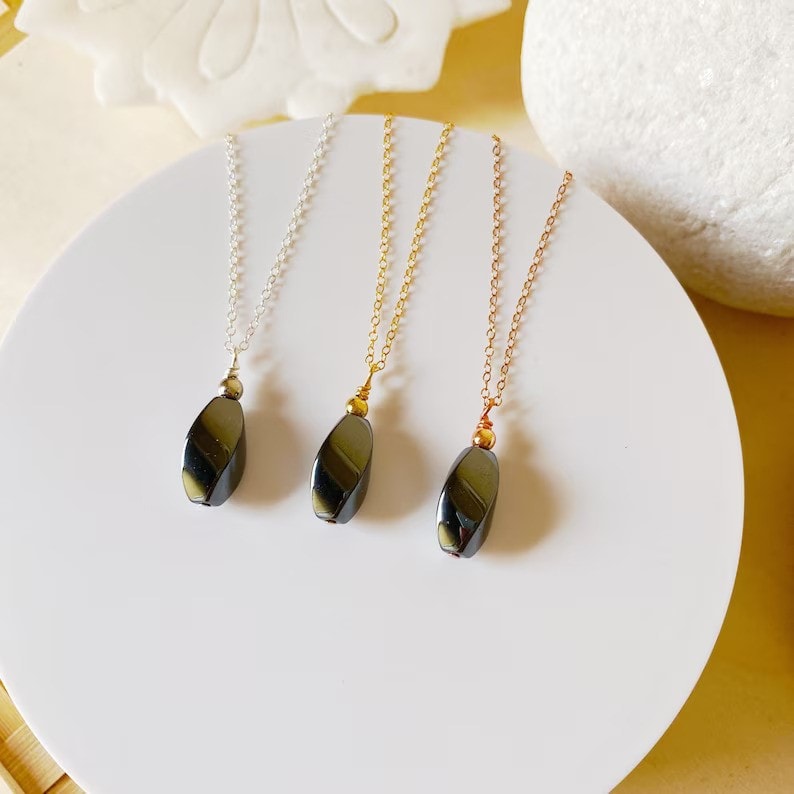
Hematite jewelry, renowned for its dark, metallic luster, is often worn for both its aesthetic appeal and perceived grounding properties. Commonly used in rings, bracelets, and necklaces, it’s believed to offer protective and healing benefits, making it a popular choice for those seeking both style and a sense of wellbeing. Here are some of the different types of jewelry this gemstone is used in.
1. Beaded Hematite Jewelry
Beaded hematite jewelry ranges from simple to bold styles. The signature metallic grey, polished beads come in various sizes. Small beads make delicate pieces for everyday wear, while larger beads create eye-catching statement jewelry.
Designers often mix these beads with other gemstones, adding contrast and texture. Popular forms include layered necklaces, wraparound bracelets, and drop earrings, all showcasing hematite’s reflective quality.
2. Hematite Rings
Hematite rings mix classic elegance with modern style. Typically, a single polished hematite stone sets in metals like silver, gold, or platinum. Designs vary from minimalistic to elaborate, with detailed metalwork enhancing the hematite’s dark sheen. These rings suit daily wear or special occasions, offering durability and timeless appeal.
3. Carved Hematite
Artisans skillfully carve hematite into intricate designs like floral motifs, animals, or geometric patterns. These unique carvings appear in pendants, brooches, and as central pieces in larger jewelry, adding sophistication and artistry.
4. Hematite Cabochons
The smooth, domed cabochon cut showcases hematite’s sheen. These cabochons fit into various jewelry types like rings, earrings, and pendants, highlighting hematite’s color depth. They suit both traditional and modern designs, bringing understated luxury.
5. Magnetic Hematite Jewelry
Magnetic hematite jewelry, blending style and purported health benefits, incorporates magnets. Believed to improve circulation and relieve joint pain, these pieces come in bracelets, necklaces, and anklets. Their sleek, dark look suits everyday wear, with added potential health benefits.
6. Layered Hematite Jewelry
Contemporary designs often feature layered hematite jewelry. These pieces mix hematite with materials like leather, other gemstones, or metals, creating a textured look. Layered necklaces, stacked bracelets, and chandelier earrings are popular, with hematite adding a grounding element.
7. Hematite with Inlay Work
Hematite inlaid into other metals creates a modern look. This jewelry often contrasts dark hematite with brighter metals, requiring precise inlay work. The result is a clean, contemporary style, seen in cufflinks, bracelets, and pendants.
Origin and History of Hematite Jewelry
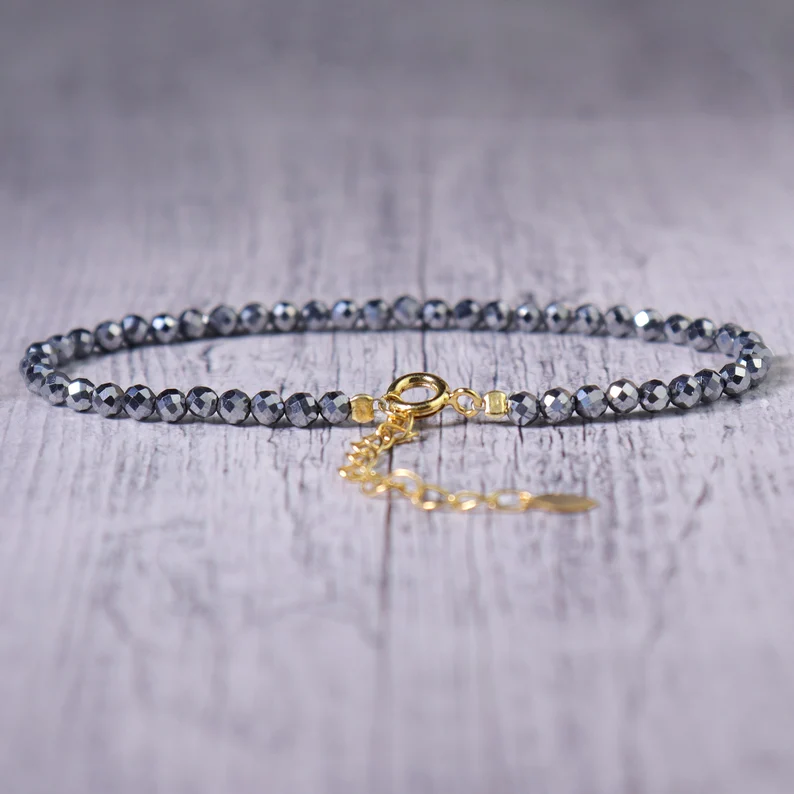
Hematite, known for its metallic sheen, has played a significant role in jewelry history since ancient times. Its name comes from the Greek word ‘haima’, meaning blood, due to its iron content and the red streak it forms when cut. Ancient Egyptians wore hematite jewelry for protection and healing, believing it could stop bleeding and ease pain. In Ancient Rome, people made hematite into seals and amulets, valuing it for protection and strength.
In the Victorian era, hematite became popular in mourning jewelry, symbolizing grief with its dark color. Craftsmen often carved it into cameos and beads, matching the era’s love for elaborate jewelry. The 20th century saw hematite’s comeback in the Art Deco period, where its polished look fit the era’s style.
Today, hematite remains popular in jewelry for its beauty and its believed grounding and protective qualities. Its appeal crosses different cultures and ages, making it a timeless choice in jewelry. Hematite’s unique look and rich historical background continue to make it a favorite in jewelry collections.
Cleaning and Caring for Hematite
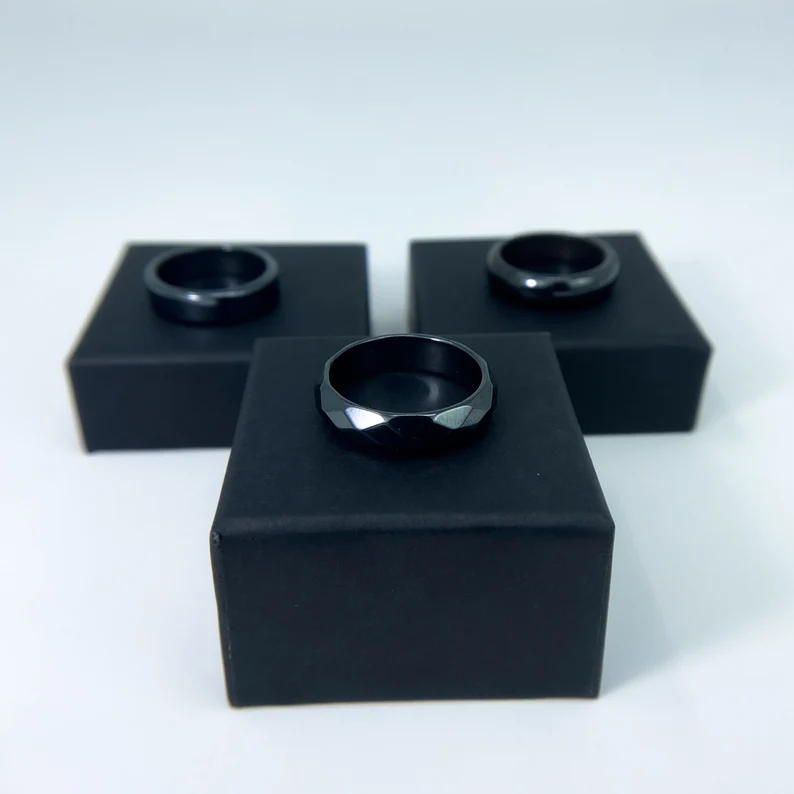
Hematite has a hardness rating of 5 to 6 on the Mohs scale. It is relatively soft and, as mentioned earlier, can easily be scratched. It’s also rather brittle and can tend to fracture if dealt a hard blow.
The best way to clean hematite jewelry is with mild liquid soap and warm water. Always use a soft cloth or brush and avoid abrasive equipment, ultrasonic cleaners and chemicals.
Always take hematite jewelry off when engaging in activities such as swimming, playing sports, gardening, cleaning or washing dishes and make sure that your hematite jewelry doesn’t come into contact with household detergents and chemicals, including hairspray, cosmetics or perfumes.
Store hematite jewelry separately, in a cloth pouch or fabric-lined jewelry box to avoid being scratched by other gemstones and metals.
Hematite Meaning and Symbolism
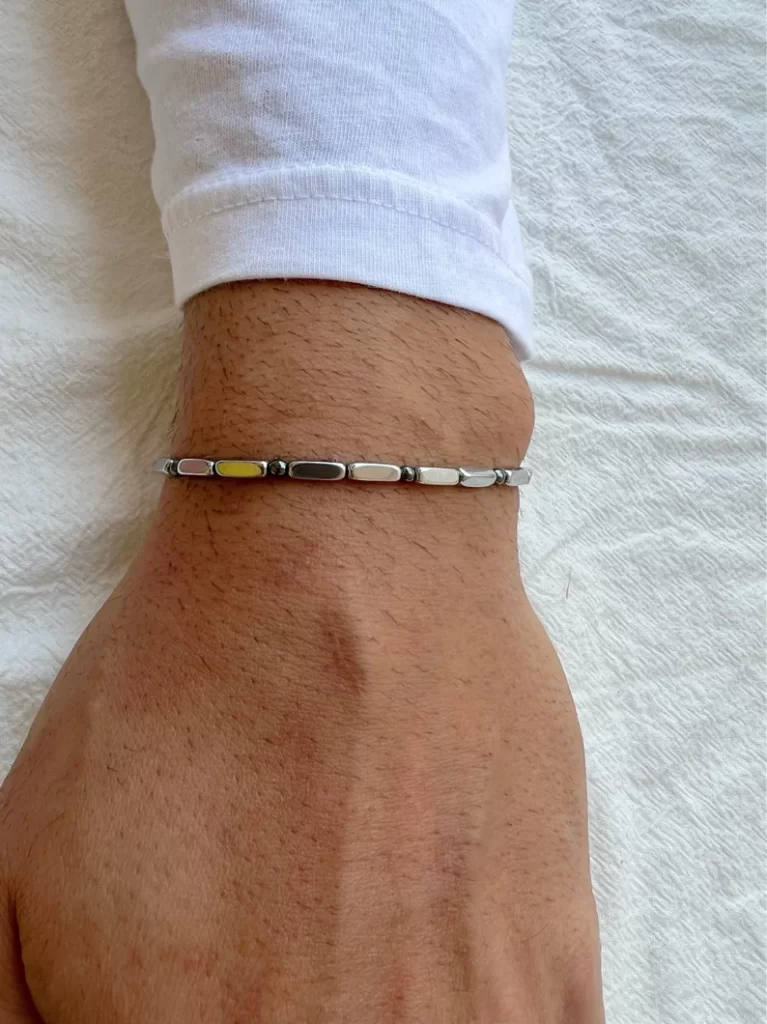
Hematite, known for its metallic sheen, carries deep meaning and symbolism. Its name comes from the Greek word ‘haima’, meaning blood, linked to the red streaks it shows when cut, symbolizing life, vitality, and strength.
In crystal healing, people value hematite for its grounding and protective properties. Many believe it absorbs negative energy and brings emotional balance, making it ideal for those seeking stability and peace. This iron-rich stone also represents courage and resilience, often serving as a talisman to help overcome challenges. Its reflective surface is thought to bounce back negative energies, acting like a protective shield.
Hematite’s strong connection to the earth also makes it a grounding force in spiritual practices, blending physical and spiritual qualities. This mix of earthy and spiritual meanings makes hematite a powerful symbol across various cultures and spiritual beliefs.
Where to Buy Hematite Jewelry
Hematite, being a less common gemstone, might not be readily available at most local jewelry stores.
- For a diverse selection of hematite jewelry, Amazon is a great option, offering pieces for every budget and style preference.
- Etsy is another fantastic choice, particularly if you’re looking for a broader assortment including vintage, handmade, and antique hematite jewelry.
Be cautious of very low prices, as they might indicate the jewelry is actually hematine, not genuine hematite. It’s important to thoroughly research the seller’s policies, particularly regarding returns, and to assess their credibility before making a purchase. Always inquire about the stone’s origin and quality to ensure you’re getting authentic hematite jewelry.
Wrapping Up
Hematite stands out for its metallic shine and deep symbolism. It’s not as common as other gemstones, but its grounding qualities and subtle elegance make it a valued choice for meaningful jewelry. Whether its look or metaphysical properties attract you, hematite has a unique appeal. When buying, choose trustworthy sellers to guarantee its authenticity, letting you enjoy the timeless beauty of this fascinating stone.


